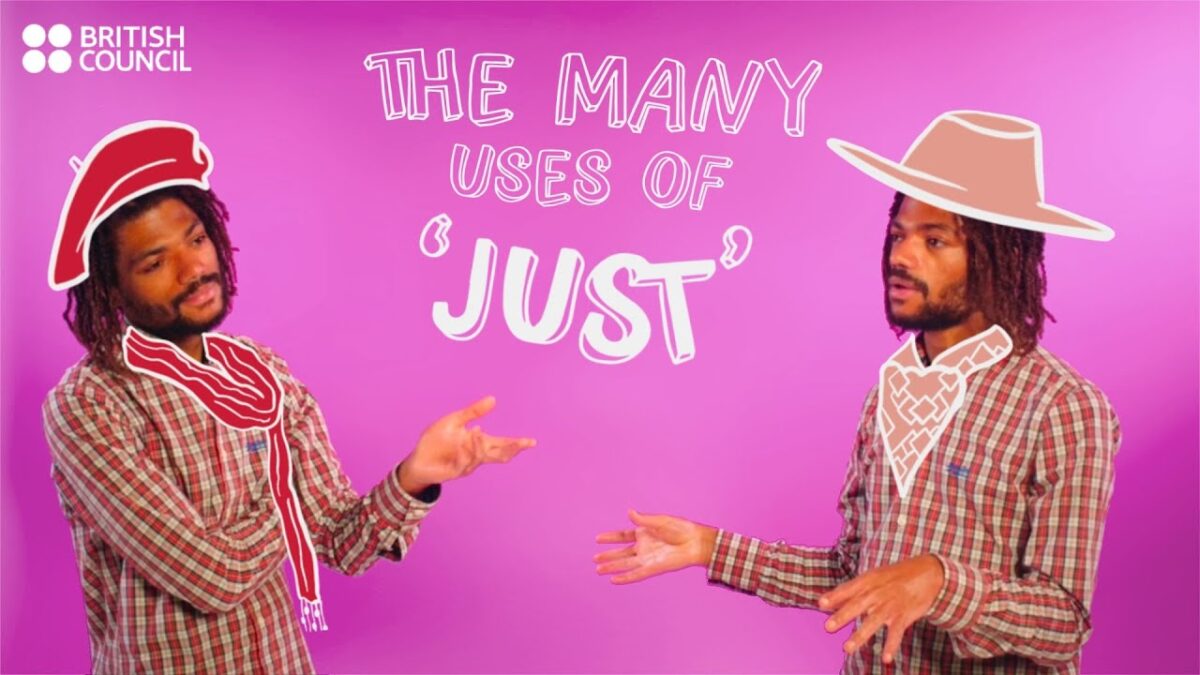Uncover Incredible New Year’s Traditions from Around the World

At the stroke of midnight on the 31st of December, every corner of the world bursts into an array of different traditions and celebrations. Keep reading to go on an around-the-world adventure exploring unique New Year traditions in different cultures.
British New Year traditions: A chilly plunge
In Britain, some people see in the New Year with a bracing tradition known as “dipping”. Individuals, often in groups, gather at the shores of beaches across the country to take a plunge into the freezing cold sea. This act is seen as a symbol of cleansing and braving new beginnings, it’s believed to bring good luck for the year ahead.
Plus, people also tend to make New Year’s resolutions, setting themselves personal goals and challenges for the year ahead. These resolutions tend to be things like doing more exercise, eating healthier or getting a new job.
Scottish New Year traditions: Hogmanay
In Scotland, New Year’s Eve is known as Hogmanay. It’s believed that this name came from the French word “hoginane”, which means “gala day”, and was used by Mary Queen of Scots when she came back to Scotland after spending time in France.
Hogmanay is a spectacle of fire and celebration. One famous New Year’s tradition, known as the Fireballs Ceremony, started in a town called Stonehaven. In this ceremony, locals take to the streets and swing balls of fire to drive away the bad spirits left from the year and make way for the new, good spirits – symbolising a fresh start.
“The first foot” is another popular tradition, where a tall, dark and handsome stranger is the first visitor of the New Year, delivering gifts like coal to bring the household warmth and good luck.
And we can’t forget about “Auld Lang Syne”! This is a Scottish poem written by Robert Burns that is sung when the clock strikes midnight. This catchy tune unites people in a moment of nostalgia, remembrance and solidarity. It is sung in most English-speaking countries around the world.
Irish New Year traditions: A time for reflection
Seeing the New Year as a fresh start, the people of Ireland clean their houses from top to bottom to prepare. Plus, a clean house can really help you beat the post-Christmas blues!
The New Year is a time for many Irish families to look back on the year and look forward to the future. Some families leave a seat empty at their dinner table to honour any loved ones who passed away that year. The doors are also traditionally left unlocked to let the spirits of lost loved ones enter the house.
A more unusual tradition is banging a loaf of bread on the walls of the house – yes, you read that right! This is thought to scare away the bad luck and let the good spirits in.
Chinese New Year traditions: The Spring Festival
Chinese New Year, also known as the Spring Festival, isn’t celebrated on the 31st of December like it is in many other cultures; it’s celebrated on the second full moon after the winter solstice on the 21st of December (usually between 21st January and 20th February).
During this time, homes are meticulously cleaned to sweep away any bad luck and are decorated with cultural red decorations to symbolise happiness.
This holiday is also traditionally a time for family to come together for a reunion dinner, also known as “Nian Ye Fan”. At this dinner, the elders of the family hand out red envelopes (known as “Hong Bao”) to the younger generation. These envelopes will often contain money.
Spanish New Year traditions: Grapes and red underwear
In Spain, the chimes of midnight bring the unique tradition of eating 12 grapes, each one representing good luck for the months ahead. But here’s the catch, you have to start at midnight and eat one grape for every chime of the clock – a fun challenge to start the year!
There is also a selection of New Year superstitions in Spain, including wearing red underwear to attract love in the year ahead, and stepping into New Year on the right foot – literally!
German New Year traditions: Tin pouring and lucky charms
Germans celebrate the New Year with “Bleigießen,” a tradition where tin is melted and placed in a bowl of water. The shapes of the metal are then interpreted and are said to predict what could happen in the coming year – a bit like reading tea leaves or tarot cards!
Locals are also known to hand out “Glücksbringer”, which are essentially lucky charms made out of either chocolate, marzipan or biscuit. These are traditionally handed out on New Year’s Day to bring good luck and happiness to anyone who receives them.
Interestingly, another cherished tradition in Germany is watching an English-speaking sketch show called Dinner for One. First broadcasted in 1963, this show has become a staple in German households on New Year’s Eve – even though it never achieved the same level of fame in its home country (Britain).
Filipino New Year traditions: Fruits, sticky foods, and plenty of noise
There’s no such thing as a quiet New Year’s Eve in the Philippines! As soon as the clock strikes midnight, locals will make as many loud noises as possible, whether that’s setting off fireworks or banging on pots and pans. This is believed to scare away any evil spirits and ensure a peaceful new year.
Food is also a big part of Filipino celebrations. They often make sure there are 12 round fruits on their table, representing good luck for the months ahead. There is also usually a selection of sticky foods on offer, like sweet rice cakes, to symbolise strong family bonds.
Italian New Year traditions: A fresh start
In Italy, an old tradition that’s still used today (particularly in the south of Italy) involves throwing old items out of the window like clothes, appliances, or even pots and pans, symbolising letting go of the past.
Another Italian tradition involves lighting a Christmas log on the fire to scare away evil spirits, and also to allow the Virgin Mary to warm the newborn baby Jesus. Families will sometimes use those fireplace ashes to protect their houses from damage.
French New Year traditions: Greetings and Kisses
In France, kissing under the mistletoe on New Year’s Eve is a ritual believed to bring luck and love. This is a cherished tradition along with the popular practice of people kissing each other at midnight.
Sending Christmas cards isn’t really a thing in France, their tradition involves sending New Year’s greeting cards instead, called “Les Cartes de Voeux du Nouvel An,” to send good wishes to their loved ones.
New Year, new words
As we’ve seen, New Year’s Eve is not just about fireworks and resolutions; it’s about celebrating a world of traditions, each with its own story. And guess what? Each of these stories is an opportunity to learn something new, especially when it comes to language.
Is learning English one of your New Year’s resolutions? Dive into this wonderful language with British Council English Online. Whether you’re learning English to chat about fireball swinging in Scotland or to describe the grape-eating frenzy of Spain, we’ve got you covered.
So, why not start the New Year with a splash of English? And who knows, by next New Year’s Eve, you might just be explaining these fascinating traditions to your loved ones in even better English!




